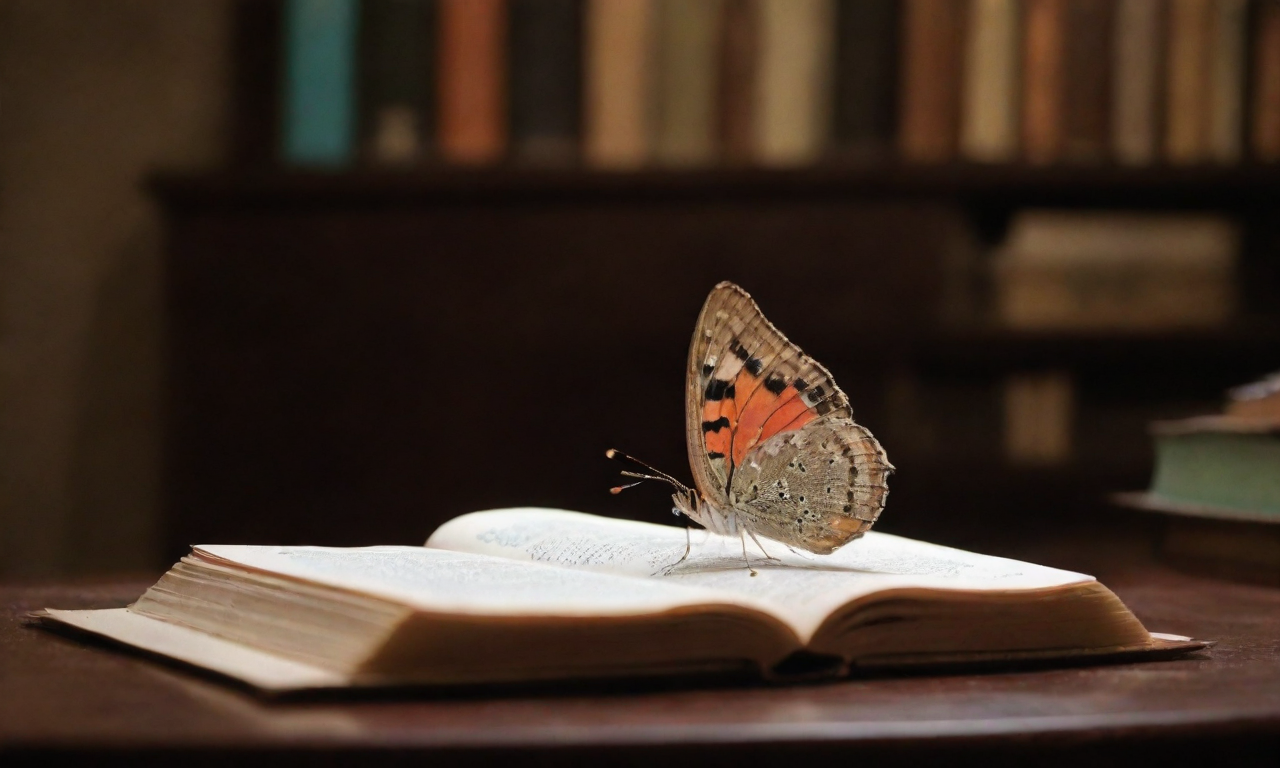By | Li Ruijie Gao Xing
This year marks the 95th anniversary of the discovery of the first skull of Peking Man. On January 19th this year, it was the 120th anniversary of Mr. Pei Wenzhong's birth. This article is dedicated to commemorating this scientist who was courageous in exploration and innovation.On the evening of December 2, 1929, as the sun set over the western mountains and the cold wind howled, in a cave halfway up Longgushan Mountain in Zhoukoudian, Beiping, in the dim candlelight, a young man tremblingly held a round lump that he had just pried out of the sediment, which looked like a stone.Soon, the Chinese Geological Survey, located at No. 9 Baimasi Hutong in Xicheng, Beiping, received a telegram: "Obtained a skull, extremely intact, quite similar to human!"This inconspicuous round lump was the sensational scientific discovery - the first skull fossil of Peking Man. And the young man was Pei Wenzhong, the archaeologist, geologist, and member of the Chinese Academy of Sciences.Pei Wenzhong not only discovered the skull of Peking Man, but also discovered and demonstrated the stone tools and evidence of fire use by Peking Man, conducted research on mammal fossils and stratigraphy, and made important contributions in the field of archaeology in the Neolithic Age. He also made significant contributions to the training of archaeologists and the construction of museums.A photo of Pei Wenzhong during his university days.Forced by livelihood, the "intellectual" turned to Zhoukoudian
On January 19, 1904, Pei Wenzhong was born into a poor teacher's family in Fengnanshi, Hebei. In 1921, he was admitted to the preparatory department of Peking University and transferred to the geology department in 1923. During his university years, Pei Wenzhong was an "intellectual" who carried a strong social responsibility to enlighten the people and save the country. He actively studied popular literature and organized the Popular Literature Research Society.In his article "The Birth of Popular Literature," he expressed his aspirations: "We want to use the great power of popular literature to transform the country and save society." The war-torn hometown, the suffering and sorrow of his parents and fellow villagers, were written by Pei Wenzhong into "The Roar of War Horses," which is more like news journalism than fiction. The plain and sincere words and the passionate emotions deeply touched Lu Xun. Lu Xun included "The Roar of War Horses" in the "Chinese Literature Series: Novels, Volume II," praising it as "one of the types of Chinese local literature."But literature ultimately could not hold onto this young man with the grand ambition of saving the country and the people. In the autumn of 1927, Pei Wenzhong, forced by his livelihood, walked into No. 9 Baimasi Hutong in Xicheng, Beiping, and pleaded with Weng Wenha







